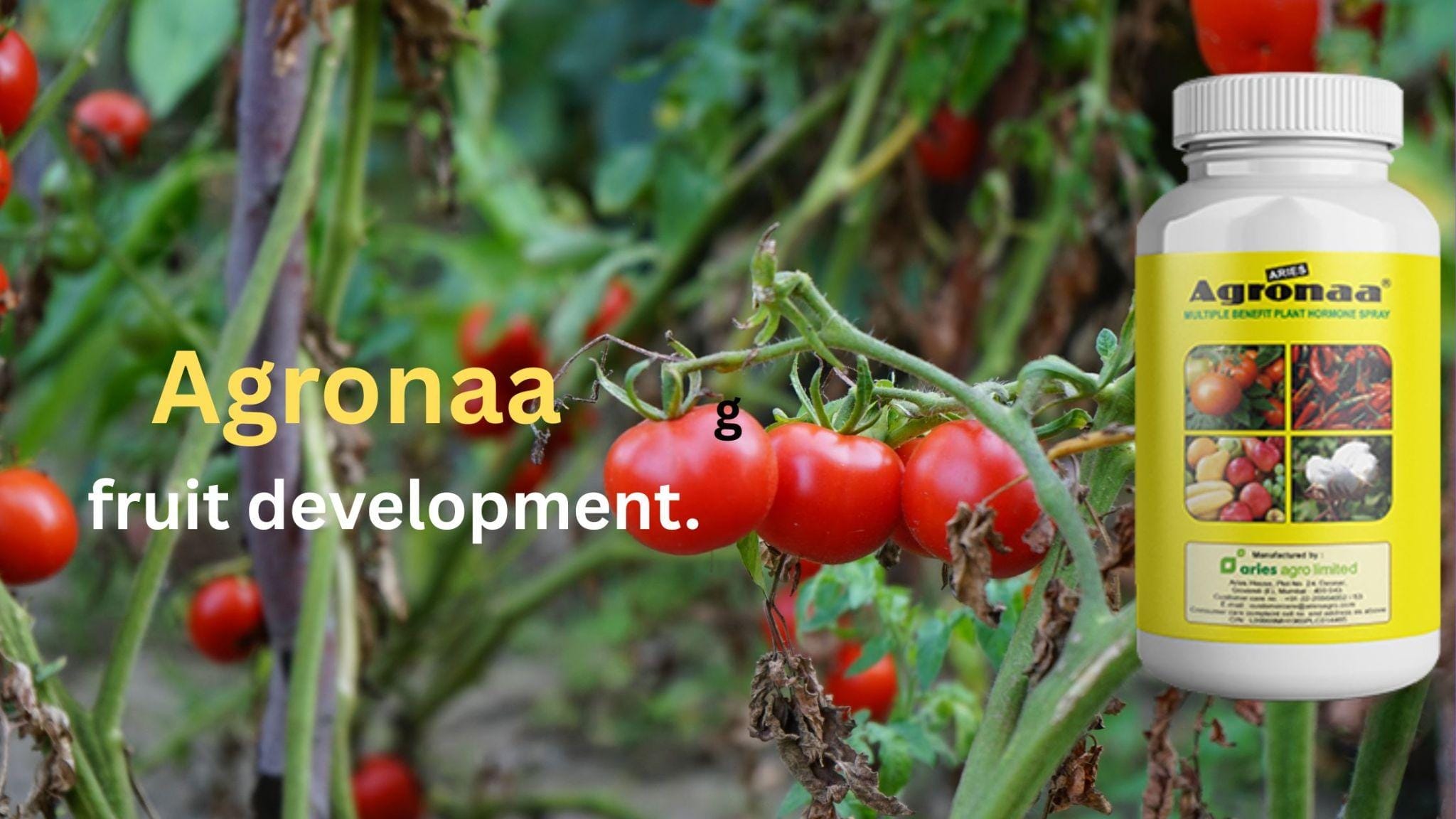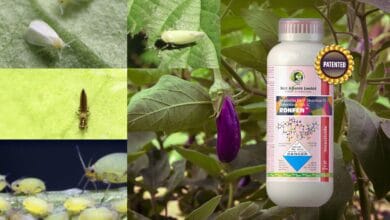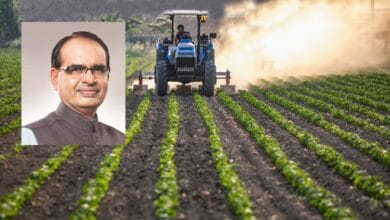Best Plantation Crops: A Global Agricultural Powerhouse!

What are Plantation Crops?
Plantation crops are high-value commercial crops grown on large estates primarily for export. These crops are typically perennial, require intensive care, and are cultivated in tropical and subtropical climates. Their economic significance spans centuries, shaping trade routes, colonial histories, and modern economies.
Plantation Crops Historical Background
The concept of it in agriculture dates back to the colonial era, when European powers established large estates in tropical regions to grow crops like tea, coffee, sugarcane, and spices. These plantations were often labour-intensive and played a pivotal role in global trade.
- Colonial Influence: British, Dutch, French, and Portuguese colonists introduced plantation systems in Asia, Africa, and Latin America.
- Trade Expansion: It became central to global trade, with ports and infrastructure built around its export.
Popular Plantation Crops: Examples
Globally Recognised Plantation Crops
- Coffee – Brazil, Colombia, Ethiopia
- Tea – China, Sri Lanka, Kenya
- Cocoa – Ivory Coast, Ghana, Indonesia
- Rubber – Thailand, Indonesia, Malaysia
- Oil Palm – Malaysia, Indonesia
- Sugarcane – Brazil, Thailand, Australia
Popular Plantation Crops in India
- Tea – Assam, West Bengal, Tamil Nadu
- Coffee – Karnataka, Kerala, Tamil Nadu
- Rubber – Kerala, Tamil Nadu, Tripura
- Coconut – Kerala, Tamil Nadu, Andhra Pradesh
- Arecanut – Karnataka, Kerala
- Spices (Pepper, Cardamom) – Kerala, Karnataka
Cultivation Areas & Climatic Requirements for Plantation Crops
It thrives in specific agro-climatic zones:
| Crop | Ideal Climate | Key Regions in India |
|---|---|---|
| Tea | Cool, humid, high altitude | Assam, Darjeeling, Nilgiris |
| Coffee | Warm, humid, shaded | Coorg, Chikmagalur |
| Rubber | Hot, humid, high rainfall | Kerala, Tripura |
| Coconut | Coastal, tropical | Kerala, Tamil Nadu |
| Cocoa | Warm, humid | Kerala, Karnataka |
| Arecanut | Tropical, moist | Karnataka, Kerala |
Contribution to Indian and Global Trade
India’s Role
- Tea: India is the second-largest producer and exporter.
- Coffee: India exports over 70% of its coffee, mainly to Europe.
- Spices: India leads in spice exports, especially pepper and cardamom.
- Rubber & Coconut: Vital for domestic industries and export.
Global Impact
- It forms the backbone of agricultural exports for many tropical countries.
- They contribute significantly to GDP, employment, and foreign exchange earnings.
- Global brands and industries (e.g., chocolate, beverages, cosmetics) rely heavily on plantation crop supply chains.
Plantation Crops Cultivation: Sustainability & Challenges
While plantation crops are economically vital, they face challenges:
- Deforestation & Biodiversity Loss
- Climate Change Impact
- Labor Issues
- Market Volatility
Sustainable practices, fair trade certifications, and agroforestry models are being adopted to address these concerns.
Also Read: Fertiliser for Orchid Plants: A Comprehensive Guide.
Conclusion
It is more than just agricultural commodities—they are cultural icons, economic drivers, and ecological influencers. From the lush tea gardens of Darjeeling to the coffee estates of Brazil, these crops continue to shape the world’s agricultural and trade landscapes.



